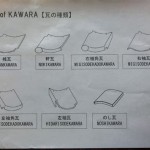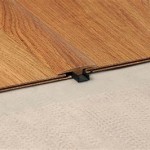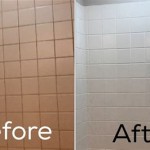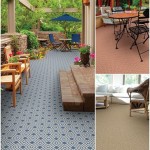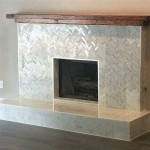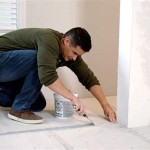Can I Use 1/4" Backer Board For Floor Tile Installation?
When embarking on a floor tile installation project, careful substrate preparation is paramount for ensuring a long-lasting and aesthetically pleasing result. Backer boards, specifically those made from cement board, play a significant role in creating a stable and moisture-resistant foundation for tile. While 1/4" backer board is commonly used for wall tile applications, its suitability for floor tile installation has been the subject of debate. This article explores the considerations surrounding the use of 1/4" backer board for floor tile installations, offering insights into its potential benefits and limitations.
Strength and Structural Integrity
One of the primary concerns regarding the use of 1/4" backer board for floor tile installation is its strength and structural integrity. Floor tiles, especially in high-traffic areas, experience significant weight and stress. Thin backer boards, such as 1/4" thickness, may lack the necessary rigidity to adequately support the weight of the tiles and grout, potentially leading to cracks, deflections, or even tile detachment over time. The American National Standards Institute (ANSI) recommends a minimum thickness of 1/2" for cement board used in floor tile installations, considering the increased load-bearing capacity and stability required for this application. This recommendation stems from concerns about the thinner material's ability to withstand the stresses imposed by foot traffic, furniture, and other potential loads. Therefore, using 1/4" backer board for floor tile might not provide the necessary strength and durability for long-term performance.
Moisture Resistance and Water Management
Another crucial aspect to consider is moisture resistance and water management. Tile installations, particularly in areas like bathrooms and kitchens, are susceptible to moisture exposure. Cement board serves as a moisture barrier, preventing water penetration into the underlying structure. However, thinner backer boards might not offer the same level of water resistance compared to thicker alternatives. The thinner material may be more prone to water absorption, potentially leading to swelling, warping, and even mold growth within the substrate. Furthermore, the reduced thickness may compromise the effectiveness of the cement board's moisture barrier, potentially allowing water ingress to affect the subfloor below. To mitigate these concerns, it is essential to ensure proper waterproofing measures are in place, including a suitable moisture barrier beneath the backer board. However, the efficacy of these measures may be compromised with the thinner material.
Cost and Labor Considerations
While 1/4" backer board may be less expensive than thicker alternatives, its use can lead to increased labor costs during installation. The thinner material is generally more prone to breakage and requires greater care during handling and installation. This added labor effort may negate the initial cost advantage of the thinner board, potentially resulting in higher overall installation costs. Furthermore, the potential for increased repairs or replacements due to structural issues or moisture damage can further increase the long-term cost implications of using 1/4" backer board for floor tile installations.
Alternatives to 1/4" Backer Board
Given the potential limitations of using 1/4" backer board for floor tile installations, it is advisable to consider alternative substrates that offer enhanced strength, moisture resistance, and overall performance. Thicker cement board, typically 1/2" or even 3/4" in thickness, provides a more robust foundation, capable of handling the stresses associated with floor tile installations. For moisture-sensitive areas, waterproof membranes or specialized waterproofing products can be incorporated to address concerns about water penetration and potential damage. In addition, consider using other substrate options, such as plywood or concrete, depending on the project's requirements and local building codes. Consulting with a qualified tile installer or contractor can provide personalized guidance on selecting the most suitable substrate for a specific application.
In summary, while 1/4" backer board may be suitable for certain wall tile applications, its use for floor tile installations is generally not recommended. The thinner material may lack the necessary strength, moisture resistance, and overall durability to ensure a long-lasting and structurally sound tile installation. Exploring alternative substrates, such as thicker cement board or other suitable materials, coupled with proper waterproofing measures, will ultimately contribute to a successful and reliable floor tile installation.

How To Install Hardiebacker Cement Board On Floors James Hardie Pros

How To Install Cement Board On A Floor Diy Family Handyman

How To Install Cement Board The Home Depot

Easily Install Cement Board To Prep For Tile Installation

How To Install Cement Board In 3 Easy Ways Q1 2024 Infographic

How To Install Cement Board The Home Depot

How To Install Cement Backer Board For Floor Tile Installation The Home Depot

Installing Cement Backerboard For Tile Flooring Hometips

Cement Board Installation On Floors 5 Mistakes To Avoid Diytileguy

How To Install Cement Board The Home Depot
Related Posts

